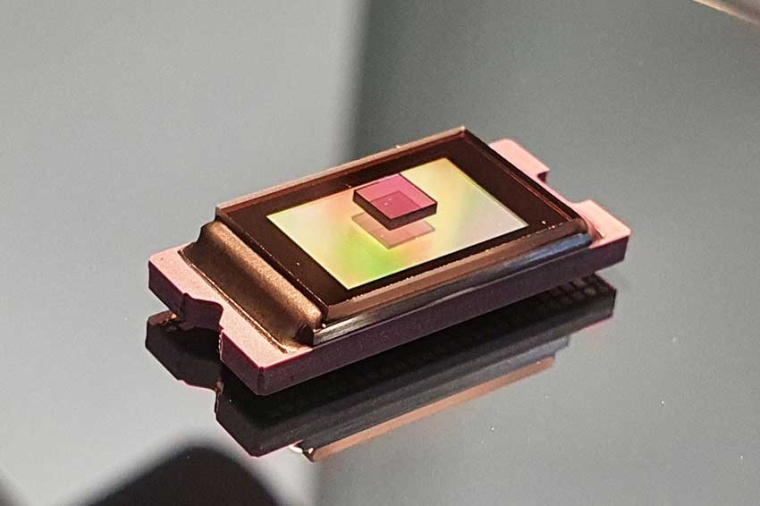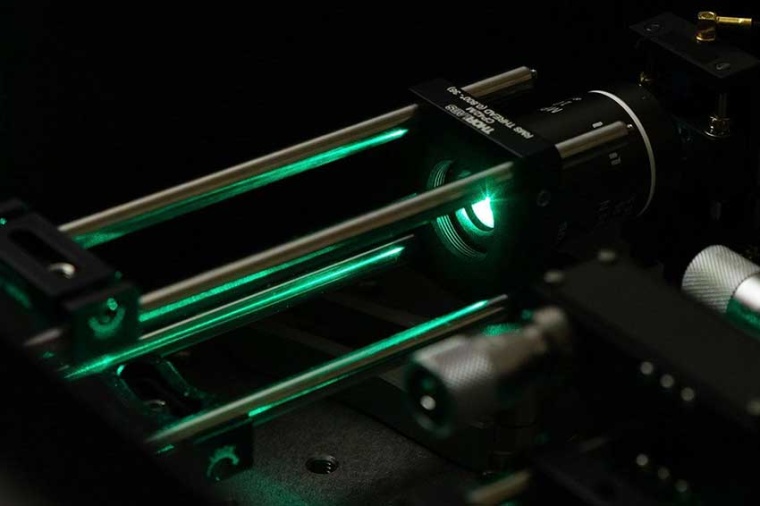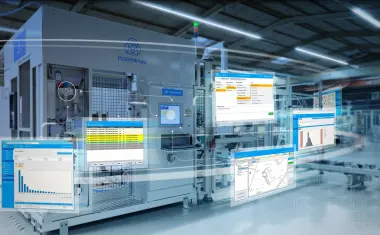How diamonds become quantum computers
On behalf of DLR, Leipzig-based start-ups SaxonQ and XeedQ are developing quantum computers based on nitrogen-vacancy centres in diamond.
Diamonds are fascinating structures made of carbon – they are harder than any other natural material, and they can advance quantum computing. One promising area of technological advances in quantum computing is the creation of qubits based on nitrogen-vacancy (NV) centres in diamond. This means that the processing and storage units of a quantum computer are located in specific NV centres in diamonds. The Quantum Computing Initiative at the German Aerospace Center (Deutsches Zentrum für Luft- und Raumfahrt; DLR) has now signed contracts with SaxonQ and XeedQ to build NV-based quantum computers. The two Leipzig-based companies are pursuing different approaches to the creation of NV centres. The DLR contracts amount to a total of 57 million euros.


Perfect diamonds are made up of a flawless lattice of carbon atoms. A nitrogen-vacancy centre is a point defect in this crystal lattice. This can also occur naturally. Diamonds with a particularly large number of nitrogen atoms have a yellow tint. Quantum computers exclusively use synthetic diamonds. Nitrogen atoms artificially introduced into the crystal lattice replace carbon atoms in their lattice sites. When these foreign nitrogen atoms are coupled with an adjacent empty lattice site, NV centres are formed.
“Such qubits have the advantage that they work at room temperature. This significantly expands the potential range of applications of these quantum computers. Other systems, such as those with superconducting circuits, can only be operated at very low temperatures,” explains Robert Axmann, Head of the DLR Quantum Computing Initiative (QCI). NV quantum processors are lightweight and mobile. They could also be used in aircraft or satellites in the future. One of the major challenges with this technology at present is placing multiple suitable NV centres in close proximity. Only then can they be effectively entangled, which is the prerequisite for a quantum computer.
Different approaches
SaxonQ uses a proprietary technique to create the NV centres just beneath the surface of the diamond crystal. This technology ensures high precision in the targeted arrangement of NV centres. XeedQ arranges the NV centres in a three-dimensional structure within the diamond crystal, resulting in mutual interaction. When combined with a special readout method, this makes it possible to build a scalable quantum computer.
Both projects will create a demonstrator system with at least four qubits in the initial phase. Later phases will involve expansion into larger systems. The construction of scalable and error-correctable quantum computers with more than 32 qubits should be complete after four years. All systems will be integrated and operated in the laboratories of the DLR Innovation Centre in Ulm.
The DLR Quantum Computing Initiative
As part of the DLR Quantum Computing Initiative, prototypes of quantum computers based on various architectures are to be built within the next four years and the associated technologies and applications are to be developed. DLR is involving companies, start-ups and other research institutions to jointly drive the development work forward.
Quantum computers are an important technology for the future. They can perform calculations and simulations in specific fields of application much faster than conventional supercomputers. Their use is possible, for example, in the transport and energy sectors, but also in fundamental research or even in satellite operations. Quantum computers work on the basis of quantum physics. Their quantum bits (qubits) can not only assume the states 0 and 1, but also intermediate values, distinguishing then from conventional computers and allowing them to be so powerful. (Source: DLR)
Company
German Aerospace Center (DLR)Linder Höhe
51147 Köln (Cologne)
Germany
most read

Machine Safety 2026: The Five Most Important Trends for Eutomation Engineers
Digitalization and automation continue to drive mechanical engineering forward - and with them, the requirements for functional safety and cyber security are increasing. For automation engineers, this means that machine safety is becoming a holistic concept.

Agile Robots takes over Thyssenkrupp Automation Engineering
This acquisition is intended to strengthen Agile Robots' market position in the field of smart automation solutions

United Robotics Group restructures
The company focuses on the healthcare industry and innovation.

Teledyne Vision Solutions: Camera manufacturer unifies machine vision portfolio
Teledyne combines the various machine vision technologies, including 1D, 2D and 3D cameras, under the umbrella of "Teledyne Vision Solutions".

Qioptiq Photonics becomes Excelitas Germany
The renaming is part of the global consolidation of the Excelitas Group.






